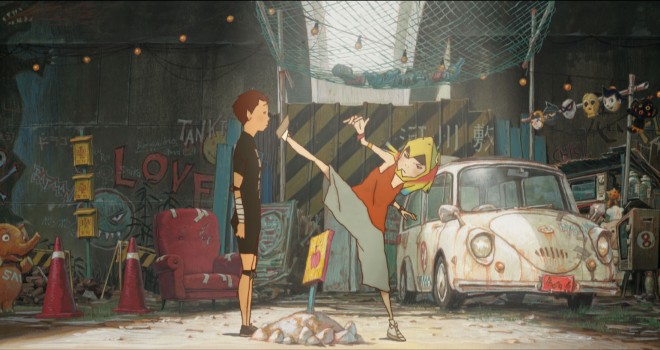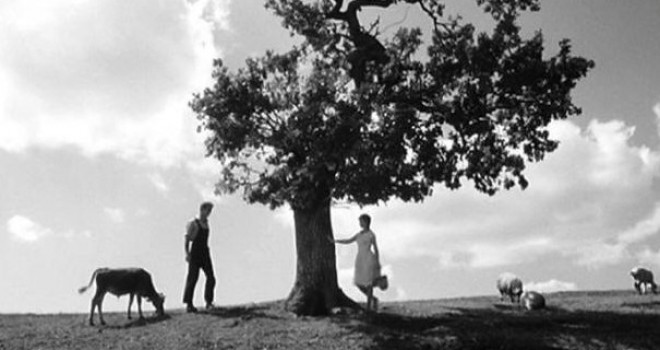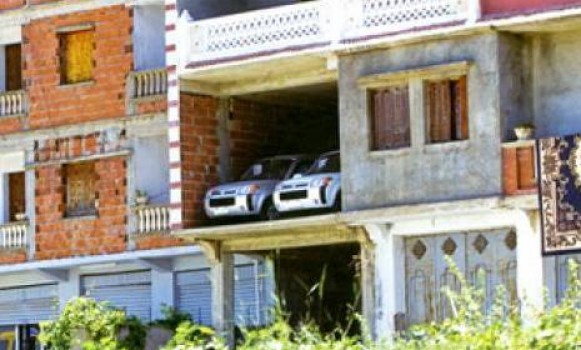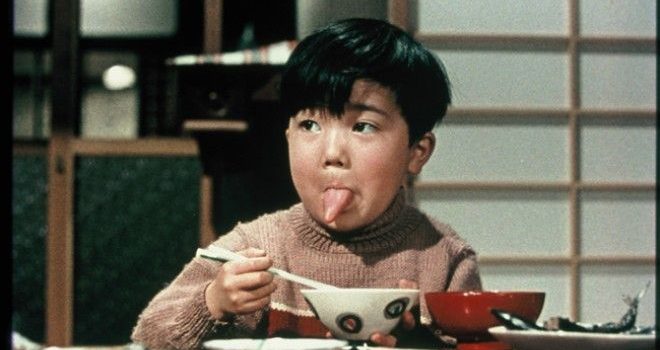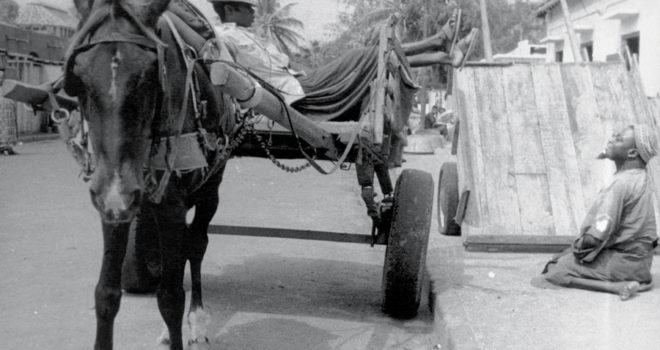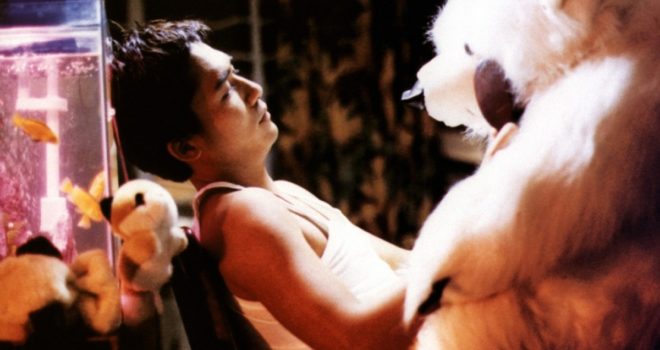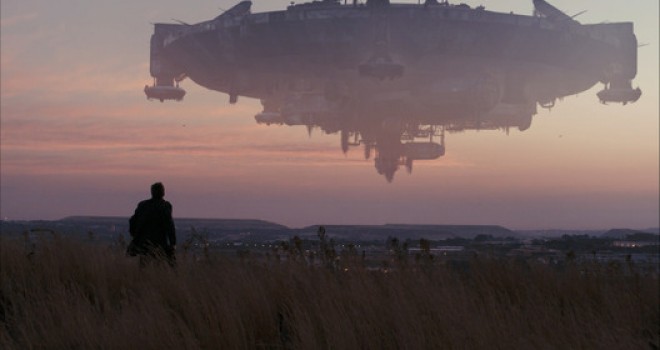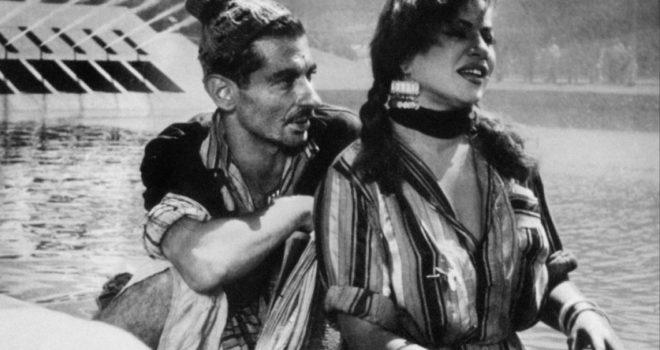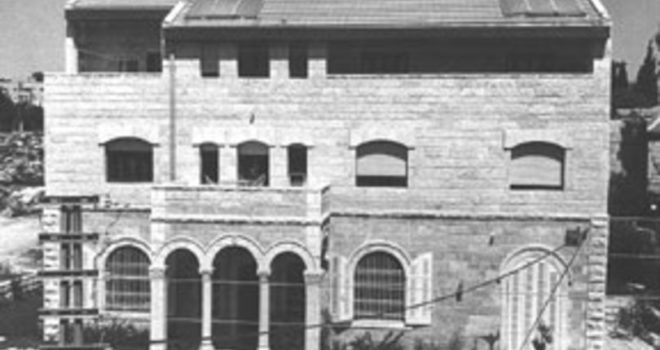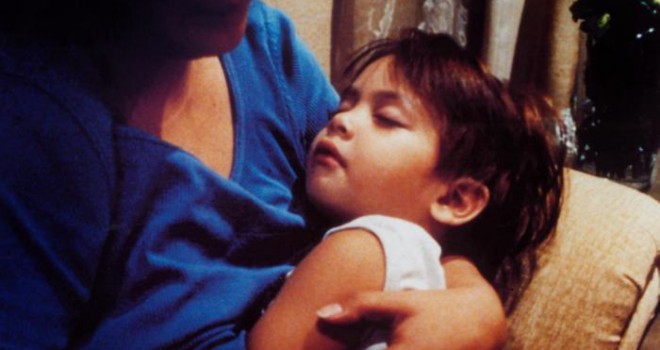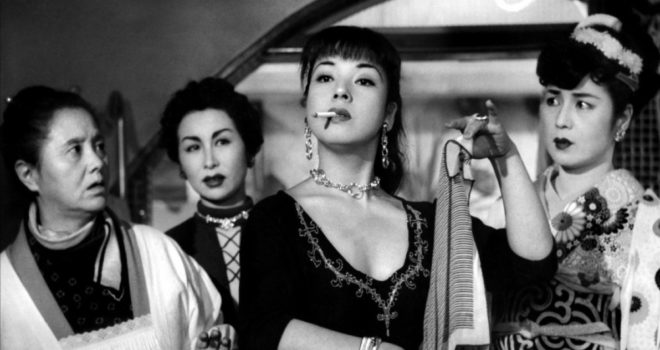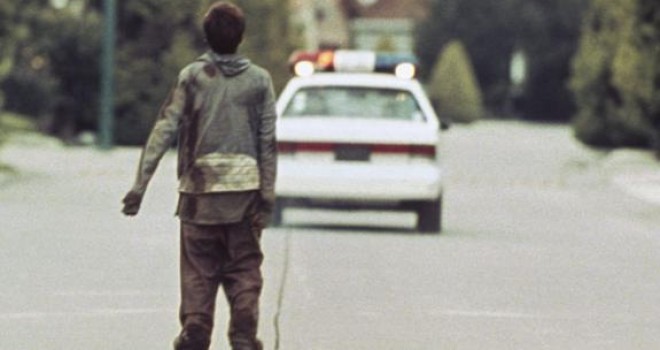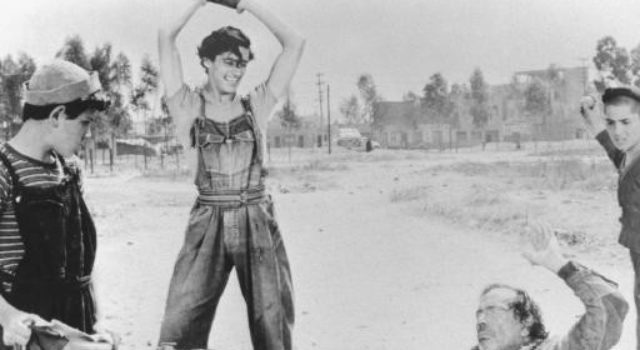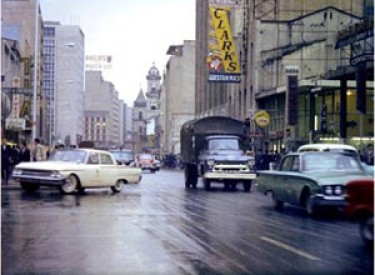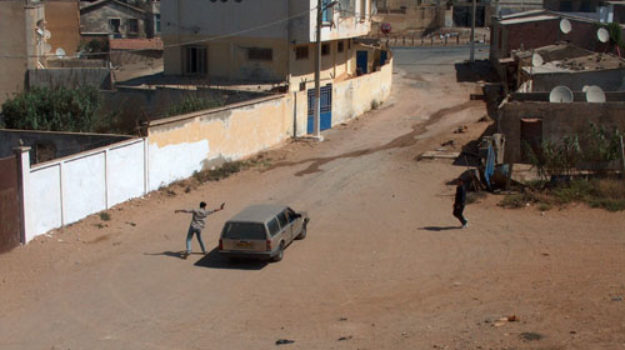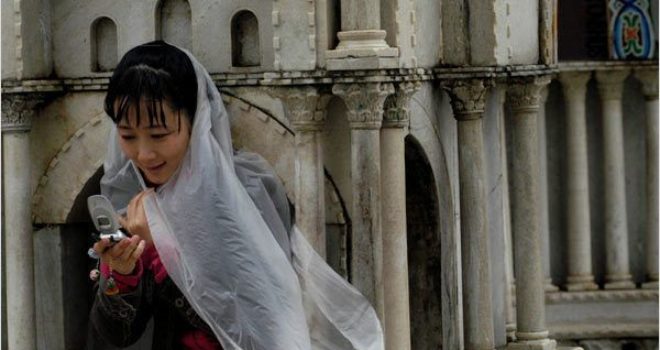The invention of the cinematograph, in 1895, stands at the confluence of two significant developments that marked the nineteenth century. A first movement, of a structural nature, relates to industrial growth (placing the technical means of production and labour under the authority of capital) and the rapid urbanisation that inevitably followed. A second, which unfolded much more anarchically and which Michel Foucault described as “a new frenzy of images”, was driven in part by the irrepressible desire to introduce motion into representations, and subsequently, as in Bergson’s work, into thinking. It was impacted by a first great upheaval – the advent of photography, a fixed and reproducible image, an analogon whose mechanical exactness challenged the accepted definitions of realism and prefigured a mode of immobile movement that was to culminate in cinema.
At the intersection of these two concurrent developments, our memory will encounter with no surprise one of the first scenes filmed by the Lumière Brothers – the mythical view of workers leaving the family factory in Lyon. In the same train of thought, we could tell the story of a small sunny spot in California where other factories, on a scale that our two brothers would have found hard to imagine twenty years earlier, gave birth to a town, Hollywood, whose dimensions are commensurable only with the scale of the entire imaginary of the last century and surely a good part of the present century. The relationship that has formed between technology, industry and imagination, between city and cinema, enjoys a rich historicity depicting one of the great reflexive adventures of the societies that (unknowingly) set out on the road to planetary urbanisation. The twentieth century thus accomplished – to a point of excess – the industrial world set in motion by the previous century, while cinema substantiated in manifold forms the evolution of these realities in an engineered show that seduced the urban throngs…
Read more
And so cities, in as much as they develop and change, put on their shows, roll out their own scenes, make spectacles of themselves. Omnipresent as decor or atmospheres, cities furnish the material of films to the point that, at times, they become the true subject. The city asserts itself as the shared territory of modern societies but reveals itself as a floating background rather than something clearly visible. In response to the ideal transparency of great urban planning schemes, the city constantly reminds us of its opacity, through its concentration and saturation, thus spurring us to a renewed but essential questioning of man’s existence as an urbanite. Between the spectator and the city dweller, there is a recognition, a projection, a sort of toing-and-froing in which both come together as two inseparable entities. Urban reality duplicated by the screen intensifies the tension between the objective world and the subjective world. Drawing on this, the cinema strengthens its capacity to broaden and displace our perceptions, to produce its effect through imperceptible shifts, fragmentation, deformation, magnification and to jump around in time and space. Organising the dense urban flows according to its own resources and ideas, cinema sets them in another order. A multiplicity of possible films and cities, real or fictional, and a profusion of experiences and questions are created as images when cinema uncovers a metropolitan condition that is also its own. A house (House), a street (of shame in Mizoguchi’s latest masterpiece), a district (La Zona, Good Morning), central points (Cairo station), an entire town (recounted by Youssef Chahine), the multitude of gestures and movements; on film, the components of the city are as random as its scales. As Serge Daney writes, “the city has inspired cinema with the elementary forms and reflexes of the perception of the world.” While the city emerges as a flux, a communication network, its density also betrays a forbidden dimension and sudden strangeness for those of us who experience it. Cinema is still fascinated and disquieted by urban reality, but does it still recreate the city’s legendary dimension? Almost one century on, the inhabitants of Jia Zhang-ke’s The World remind us of those in King Vidor’s The Crowd (USA, 1928) and they too inhabit the city as much as they lose themselves in it. Yesterday like today, there like elsewhere, the city remains a sublime devourer. In a labyrinthine tumult, always subject to a temporary ordering and proliferating up to disaster point, filmmakers go beyond the large superficial flows, underline invisible frontiers, detect convergence lines and sense the off-screen worlds. The cinema’s cities are divergent, secret and unpredictable, often eluding all theoretical, sociological, historical or aesthetic frameworks. But is giving us back the reality of the human face – that tiny shape surrounded by urban forms – really a weakness if it enables us to recognise there, with surprise and emotion, a crease of our own face, much like a strange (and marvellous) chance encounter ? In the random fabric of urban reality that brings together materials and beings unfamiliar to one another, the stories and trajectories that cinema portrays make a fundamental contribution to the existence of an urban culture – a culture in which the relationship between social ideals and the extremely harsh image of life in society is never resolved. Between the transparency and opacity of the urban world, cinema advances the hypothesis of a (precious and) broad canvas of chiaroscuro.
Jérôme Baron



